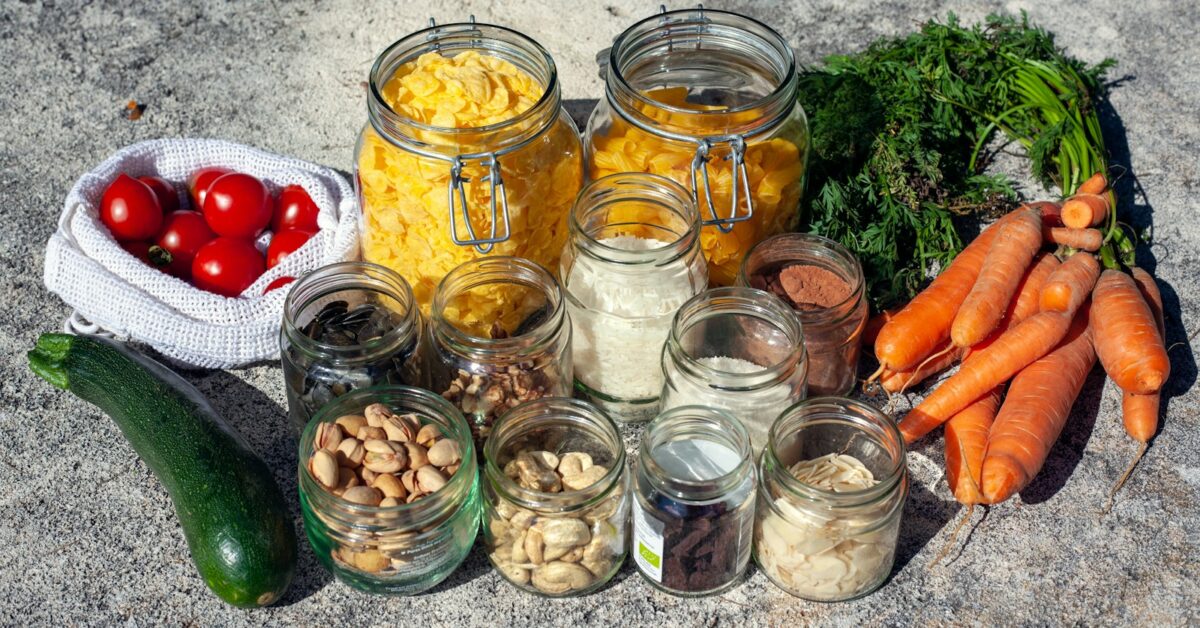Why is vegetarian food so expensive?
Vegetarianism has gained significant popularity in recent years, with more people opting for plant-based diets for various reasons, including health, environmental concerns, and animal welfare. However, one common complaint among individuals considering or following a vegetarian diet is the perceived high cost of vegetarian food. While it is true that some vegetarian products can be more expensive than their meat counterparts, there are several factors that contribute to the higher price tag. In this article, we will explore the reasons behind the cost of vegetarian food and shed light on the complexities of the market.
1. Limited supply and demand
Compared to the demand for meat products, the demand for vegetarian alternatives is relatively lower. As a result, the supply chain for vegetarian food is not as developed or efficient as that of meat products. The limited demand often leads to smaller-scale production, which can drive up the cost of production and distribution. Additionally, the lack of economies of scale makes it challenging for vegetarian food manufacturers to negotiate better prices for raw materials and ingredients.
2. Higher production costs
Producing vegetarian food often involves more complex processes and higher production costs compared to traditional meat products. For example, creating plant-based meat substitutes requires extensive research and development to mimic the taste, texture, and appearance of meat. This involves using specialized ingredients and technologies, which can be costly. Additionally, vegetarian food production may require more labor-intensive processes, such as hand-picking and sorting vegetables, leading to increased production costs.
3. Quality ingredients
Many vegetarian food products prioritize using high-quality ingredients, which can contribute to their higher price. For instance, organic vegetables, non-GMO soybeans, and other plant-based protein sources are often more expensive than conventionally grown alternatives. Moreover, some vegetarian food manufacturers prioritize sourcing ingredients from sustainable and ethical suppliers, which can further increase the cost of production.
4. Research and development
The development of innovative vegetarian food products often involves extensive research and development (R&D) efforts. Companies invest significant resources in creating new recipes, improving taste and texture, and ensuring nutritional balance. These R&D costs are then passed on to consumers, contributing to the higher price of vegetarian food. However, as the market for vegetarian food continues to grow, increased competition and advancements in technology may help reduce these costs over time.
5. Marketing and packaging
Vegetarian food manufacturers often face the challenge of marketing their products to a niche market. To attract consumers, they invest in branding, packaging, and advertising efforts, which can add to the overall cost of the product. Additionally, vegetarian food packaging may require specialized materials to maintain freshness and extend shelf life, further increasing production costs.
6. Distribution and logistics
The distribution and logistics of vegetarian food can also contribute to its higher price. Vegetarian food products often require specialized storage and transportation conditions to maintain their quality and freshness. This may involve refrigerated trucks, temperature-controlled warehouses, and other logistical considerations, all of which add to the overall cost of distribution.
7. Market demand and pricing perception
As the demand for vegetarian food continues to rise, some manufacturers may take advantage of the perceived willingness of consumers to pay a premium for healthier and more sustainable food options. This can lead to higher pricing strategies, especially for trendy or niche vegetarian products. However, it is important to note that not all vegetarian food is expensive, and there are affordable options available for those on a budget.
- Despite the higher cost of some vegetarian food products, there are several ways to make a vegetarian diet more affordable:
- Opt for whole foods: Choosing whole fruits, vegetables, grains, and legumes instead of processed vegetarian alternatives can be more cost-effective.
- Buy in bulk: Purchasing staple vegetarian ingredients in bulk can help reduce costs in the long run.
- Plan meals in advance: Meal planning can help minimize food waste and ensure efficient use of ingredients.
- Support local farmers: Buying directly from local farmers or joining community-supported agriculture (CSA) programs can often provide affordable and fresh vegetarian produce.
- Explore international cuisines: Many traditional vegetarian dishes from various cultures are not only delicious but also budget-friendly.
While vegetarian food may seem expensive at first glance, understanding the underlying factors can help individuals make informed choices and find affordable options that align with their dietary preferences. As the demand for vegetarian food continues to grow, it is likely that the market will adapt, leading to increased availability and more competitive pricing in the future.
